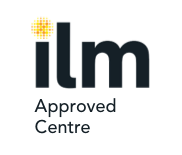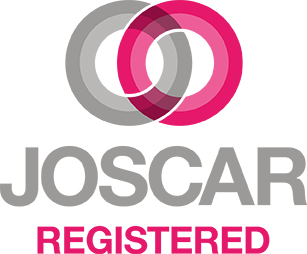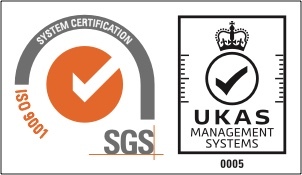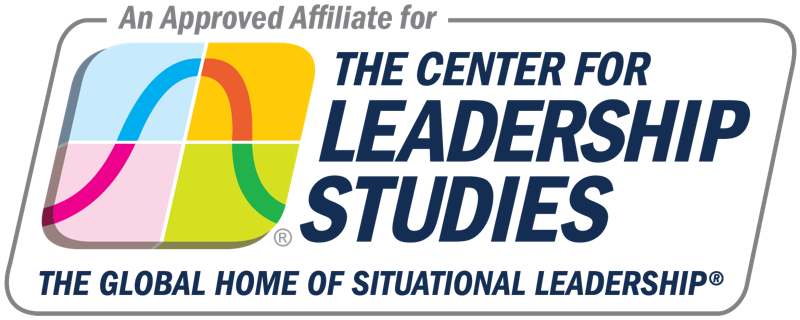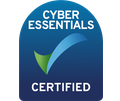"Leadership is about making others better as a result of your presence and making sure that impact lasts in your absence." — Sheryl Sandberg
Confidence in the workplace is more than a personal asset. It is a business advantage. It shapes how teams communicate, collaborate and represent the company to clients and stakeholders. Executive presence, often confused with simple charisma, is in fact a set of behaviours and mindsets that project clarity, composure and leadership potential. While some staff members naturally stand out, the reality is that confidence and presence can be developed through targeted, in-person training.
Why Confidence at Work Matters for Organisational Growth
Confidence acts as a performance multiplier across teams. When individuals feel confident, they are more likely to contribute proactively, present ideas with conviction and represent the business effectively in high-stakes situations. Many highly capable employees hold back in meetings, avoid visibility or struggle to assert themselves. This is often not due to a lack of skill, but a lack of confidence. Helping staff develop this mindset is not just good for them. It is good for the business. Confident people drive better results, collaborate more effectively and lift the performance of those around them.
What Executive Presence Looks Like Across a Team
Executive presence is not about being the loudest voice in the room. It is about being composed, clear and impactful. It shows up in how employees carry themselves, how they communicate under pressure and how they build trust both internally and externally. Teaching teams to embody these traits improves both internal dynamics and external brand perception. In today's competitive landscape, the ability for staff at all levels to communicate with authority and presence is one of the most important cultural assets a business can have.
Five Practical Ways to Develop Confidence and Presence in Teams
> First, help employees understand the power of personal branding. Every member of your team projects a message, consciously or not. When they are able to define what they stand for and how they contribute uniquely to the business, their sense of ownership and clarity increases. In turn, this enhances how your company is perceived from the outside.
> Second, align communication training with strategic goals. When verbal and non-verbal communication supports the brand and culture of the organisation, trust and credibility follow. Teams that can express themselves clearly and professionally reflect positively on the business.
> Third, develop emotional intelligence across your workforce. Self-awareness and the ability to read others are fundamental to building trust, defusing tension and managing stakeholder relationships. Confidence without empathy can easily come across as arrogance. With the right training, staff can learn how to lead with emotional intelligence.
> Fourth, strengthen professional networks inside and outside the organisation. Teams that understand how to build meaningful relationships become more agile, collaborative and outward-facing. Strategic networking is not just for leaders. It is a skill all employees benefit from, especially when representing the business in wider industry settings.
Finally, create a culture where feedback and coaching are built in. Structured, external training helps staff see themselves more objectively and identify areas for growth. With the right facilitation, feedback becomes a growth tool rather than a threat. This builds self-trust, accelerates development and embeds a high-performance culture.
Why In-Person Training Transforms Teams More Effectively Than Self-Learning
Books and online courses can offer inspiration. However, lasting behavioural change comes through real-world application. In-person programmes create a shared experience for teams, foster accountability and provide tailored feedback that digital learning cannot. A structured course also gives employees the space to practise new behaviours in a supportive environment where insights can be tested and embedded immediately.
"Confident employees are twice as likely to be engaged, 27% less likely to experience burnout and 38% less likely to look for another job. Confidence doesn’t just feel good — it fuels performance and retention." (Lead Bee)
How GBS Corporate Helps Your People Step Into Greater Confidence
GBS Corporate’s Personal Impact and Effectiveness Courses are designed specifically for organisations that want their people to show up with clarity, confidence and credibility. This is not about superficial fixes. It is about shifting the way your staff understand their value and how they express it day-to-day. Participants learn how to define and communicate their personal brand, sharpen their communication skills and engage more effectively across the business.
Whether presenting, running meetings or working cross-functionally, your staff will leave with practical tools they can apply immediately. The courses also help foster stronger internal networks and boost cross-team cohesion. This is particularly achieved through peer-led feedback sessions and collaborative exercises. Most importantly, it helps your business develop people who are not only more confident but also more aligned with your organisational values and strategic direction.
Confidence Is Not Just Personal. It Is Cultural
- Engaged employees are over 40% more productive than their disengaged counterparts. (Achievers)
Confidence and presence are not just nice-to-haves for a few high performers. They are the foundation of a healthy, high-performing culture. When your staff are equipped to represent themselves and your brand with clarity and credibility, the whole business benefits.
Book In-Person Training for Your Teams Today
If you are ready to build a more confident, credible and connected workforce, GBS Corporate's Personal Impact and Effectiveness Courses are your next step. Delivered in person for maximum impact, this programme gives your teams the skills, language and mindset to lead with confidence.
Enquire today to find out how we can tailor the course to your organisation's needs.
___

